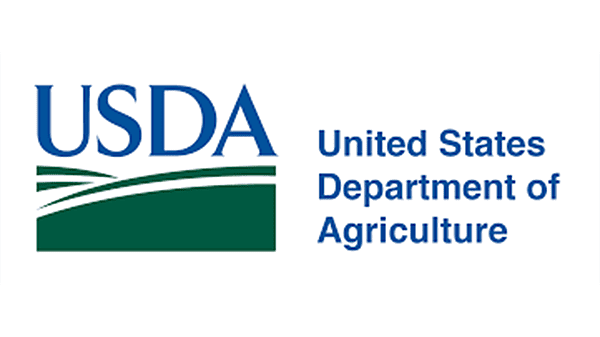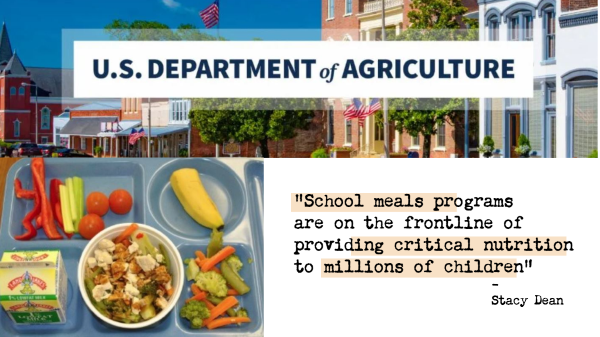Washington, D.C. – USDA’s Food and Nutrition Service today launched a new and innovative initiative for healthier school meals through a $50 million grant opportunity that will support collaboration with the food industry to develop nutritious, appetizing school meals for students.
This launch follows through on a commitment made in the administration’s National Strategy on Hunger, Nutrition, and Health.
“Building on the momentum from September’s White House Conference on Hunger, Nutrition, and Health, we’re investing in innovative solutions and challenging industry to partner with us to ensure every student has access to healthy school meals,” said Agriculture Secretary Tom Vilsack. “For children to reach their full academic potential, they must build healthy eating habits, and USDA recognizes the importance of private sector partnership in making this happen.”
The request for grant applications opened today marks the second phase of USDA’s $100 million Healthy Meals Incentives Initiative. The initiative is designed to improve the quality of school meals by strengthening access to nutritious food products.
“School meals programs are on the frontline of providing critical nutrition to millions of children,” said Stacy Dean, deputy under secretary for Food, Nutrition, and Consumer Services. “USDA is committed to supporting these programs holistically, and that includes strengthening the entire food supply chain that sustains them. These grants are intended to spark innovation in the school food marketplace and build a more equitable and resilient food system that serves all children well.”
Up to four non-governmental organizations will be selected by USDA’s Food and Nutrition Service to manage funds for the School Food System Transformation Challenge. These organizations will award competitive grants to support and enhance the food supply chain for K-12 schools.
Grantees may include food producers, suppliers, and distributors; school districts; and community partners. The grants will support schools’ ability to access a wider variety of healthy, appealing products and promote innovation by food producers and suppliers, including local producers and small and disadvantaged businesses.
The request for applications is open through February 1, 2023. For more information, see the Request for Applications.
FNS announced the first phase of the Healthy Meals Incentives Initiative in September with a request for applications for a non-governmental organization to manage school meal recognition awards and grants to small and rural school districts of up to $150,000 each. Efforts from both phases of the initiative will support American agricultural producers by strengthening access to nutritious commodities in small and rural school districts.
The Biden-Harris Administration’s National Strategy provides a roadmap of actions the federal government will take to end hunger and reduce diet-related diseases by 2030 – all while reducing disparities. The National Strategy was released in conjunction with the first White House Conference on Hunger, Nutrition, and Health in over 50 years, hosted by President Biden on September 28, 2022. USDA’s Food and Nutrition Service’s report, “Leveraging the White House Conference to Promote and Elevate Nutrition Security: The Role of the USDA Food and Nutrition Service,” highlights the ways the agency will support the National Strategy.

USDA touches the lives of all Americans each day in so many positive ways. In the Biden-Harris Administration, USDA is transforming America’s food system with a greater focus on more resilient local and regional food production, fairer markets for all producers, ensuring access to safe, healthy and nutritious food in all communities, building new markets and streams of income for farmers and producers using climate-smart food and forestry practices, making historic investments in infrastructure and clean-energy capabilities in rural America, and committing to equity across the Department by removing systemic barriers and building a workforce more representative of America. To learn more, visit www.usda.gov.



